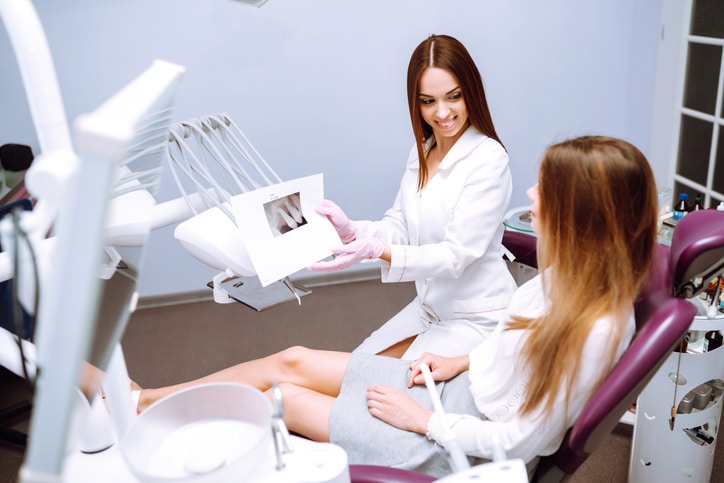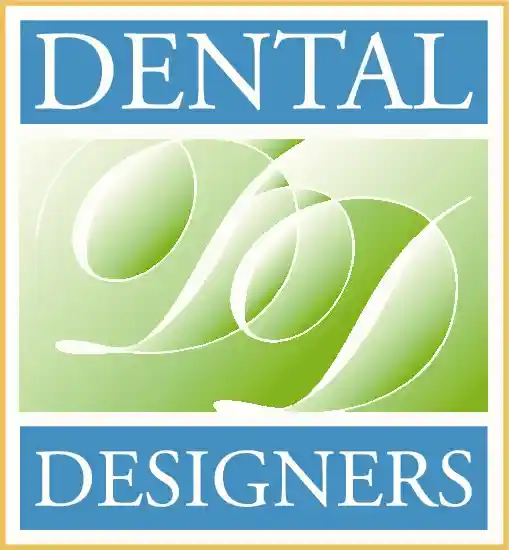Factors Affecting Dental Crown Longevity

The lifespan of a dental crown is likely to be very different from one another because some of the aspects matter. Knowing these factors will give you a headstart and enable you to take preventive measures that will make the crowns chew on forever.
Quality of the crown material
There are different types of dental crown materials, and price changes depending on the material.
- If the quality of the crown material is compromised, it can lead to corrosion or weakening of the crown; this can subsequently affect the overall functioning of the joints.
- The material you prefer will influence your dental crown’s life span. Crowns from veneers made from better-quality materials, such as porcelain or ceramics, generally demonstrate a higher level of durability and will not get spoiled by wear and tear compared to their counterparts made from worse-quality materials like metal alloys and gold.
- Porcelain and ceramic crowns are highly valued for their outstanding signal strength, long service term, and natural look. These restorations are among the most durable artificial options for permanently replacing affected or missing teeth. They are highly resistant to staining and can withstand the daily forces of biting and chewing for many years. Also, these materials are bioinformatics that would not cause an allergic reaction or irritation in the mouth.
Oral hygiene habits
- Correct oral hygiene practices are crucial for ensuring the proper upkeep of dental crowns. Skipping oral health maintenance may result in the formation of plaque and bacteria. Plaque and bacteria are a significant factor in various problems like tooth decay, periodontal disease, and other dental complications that will ruin the quality of your restoration.
- Choose a soft-bristled toothbrush and fluoride toothpaste, brush your teeth twice daily to prevent bacteria from settling in your mouth, and floss daily. Remember to use an antimicrobial mouthwash. Monitoring and maintaining your teeth by becoming a routine of professional cleaning and check-ups by your dentist is another essential aspect, as they will be able to recognize any problems and deal with them before they escalate.
- The best oral routine lengthens the lifespan of your fixed dental restorations and contributes to your overall oral health conditions and general wellness.
Clenching or grinding teeth

- A habit of bruxism, a term for grinding or clenching your teeth, places over the average amount of pressure and stress on your dental crowns, leading to quicker damage.
- Practicing leveling the clenching and grinding habit can be an enterprise during the daytime or in a period you don’t know; it can go to your teeth and their repaired restorations. Ongoing wear and clenching in time may become cracked, chipped, or even fractured after all three will ruin the structure and appearance of your crowns.
- If you are clenching or grinding your teeth that you suspect, it should be reported directly to your dentist. Ask your dentist how to protect your crowns and teeth, including wearing a nightguard. They also recommend protective devices to cushion the impact and minimize damage to your set of teeth.
When to Replace a Dental Crown
While the purpose of a crown is to be strong and to last for a long time, sometimes, it must be replaced after it has outlived this period. While there’s no definitive timeline for replacing dental crowns, as it depends on several individual factors, it’s generally recommended to consider replacement under the following circumstances: While there’s no definitive timeline for replacing dental crowns, as it depends on several individual factors, it’s generally recommended to consider replacement under the following circumstances:
Routine dental check-ups
- Routine dental examinations and prophylactic cleans are crucial for dental restoration care. They ensure a healthy mouth and detect problems with dental devices applied to teeth, such as click crowns. In subsequent visits, the dentist will intensively investigate your crowns for any signs of cracks, decay, or damage.
- They may use explorer mirrors, instruments that can be used for the edge margins touch check. This helps the experts find any gaps or holes that could invite bacteria to live there. Further, they might provide dental radiographs to perceive the underlying part’s health and determine the crown’s fit.
- If the dentist finds any imperfections such as cracks, chips, loose crown development, or decaying tooth area underneath the crown during the inspection, the doctor may replace the crown to hold the long-term health of your tooth.
Discomfort or Pain
When Pain, discomfort, or increased sensitivity in the affected dental area moves away from the dental crown itself, it may indicate the need for crown replacement or treatment of the underlying problem.
- Pain or sensitivity can occur due to various reasons, such as Pain or sensitivity can occur due to multiple reasons, such as:
- Root canals in non-fluent crowns can cause inflammation or decay of the tooth’s nerve.
- An inappropriate crown (e.g., loose or ill-fitting one) that fails to prevent food and bacteria from entering causes discomfort and Pain.
- Chips or cracks in the crown that lead down to the pulp chamber or the tooth structure underneath the crown can be dangerous to nerve endings.
- The bone structure around the crown will be lost, or the gum will recede, causing possible sensitivity or Pain in the region around the crowned tooth. Responses
If you observe a recurrence of any of these symptoms, you are advised to expedite your visit to the dentist. They run a complete evaluation and suggest that either the crown needs to be replaced or they investigate or treat the underlying issues that may be causing Pain or discomfort.
Cosmetic reasons
Although dental crowns are made for endurance and longevity, they can also become discolored, stained, or even unattractive after some time. undefined
- Many items, including foods and drinks, may cause surface-colored stains or marks on the crown material.
- Slowly, with the passing of years, the crown might lose its vital feature, which is glossiness or shine.
- Crowds may look more natural and upscale through medical trials and technological advancements.
- Suppose you are dissatisfied with the appearance of your dental crown, e.g., due to its pigmentation or staining, or need a more advanced and natural-looking solution. In that case, you may seek a replacement, seeking a more modern look.
For example, when you have to discard your old crown, the dentist can also explain different options, including newer ceramic or porcelain crowns that can be made to match the shade of the neighboring teeth.
However, even though cosmetic reasons alone will not trigger you to change your prosthesis immediately, taking care of your aesthetic needs might help you overcome your loss of confidence and boost your satisfaction with your smile.
Takeaways
Regular dental check-ups and top-notch oral hygiene practices are the right way to lengthen your crown’s lifespan and safeguard a gorgeous and healthy smile.

